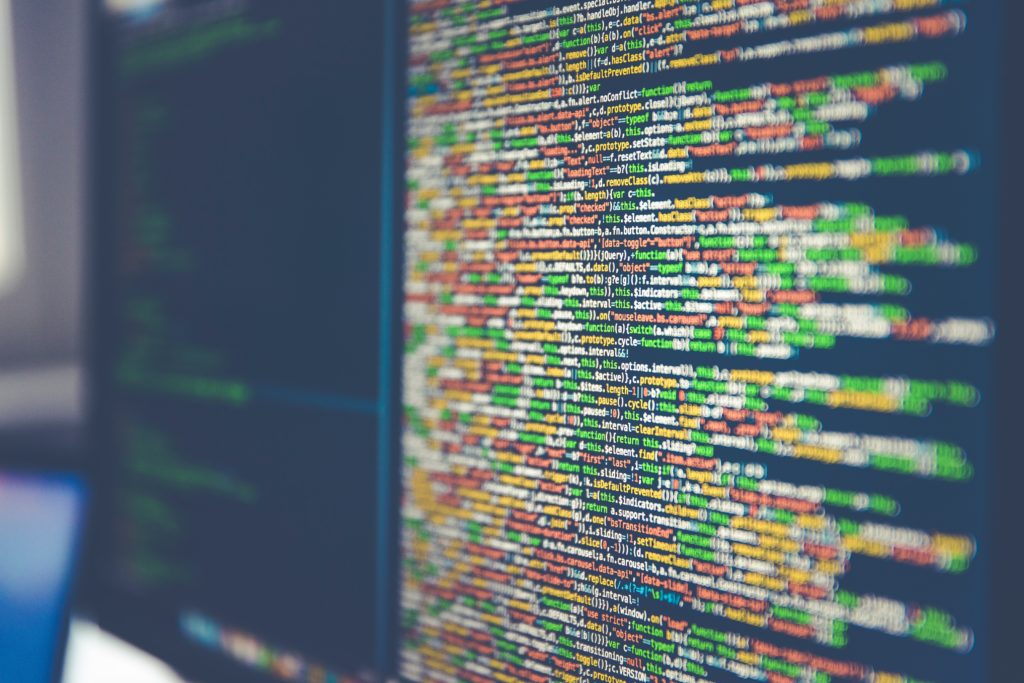Inspired by Caroline Criado Perez’ “Invisible Women: Data Bias in a World Designed for Men,” we recently hosted a conversation about the profound impact of both gender data gaps and the lack of data science application to problems affecting the lives of women. As we’ve observed through our program partners, like the Inclusive Growth and Recovery Challenge awardees and 1200+ applicants, many of these problems disproportionately affecting women remain unseen and unsolved. Ginger Zielinskie, Chief Strategy Officer, convened four leaders focused on social impact and using data and tech in innovative ways to illuminate and solve these issues. To create a conversation covering a range of life stage, geography, and socioeconomic challenges, we brought together:
Speakers
A thought leader and policy advocate who has challenged outdated beliefs and sparked new solutions to address financial resilience as we age. Her work has changed the way people think about older adult poverty and economic security.
Read moreDr. Mary-Ann Etiebet has two decades of experience improving health care outcomes for vulnerable populations and transforming health care delivery at the frontlines. She is the Lead & Executive Director of Merck for Mothers, Merck’s $500M global health initiative to help create a world where no woman has to die while giving life.
Read moreSwetha Kolluri is a Data Scientist and Rural Development professional from India. Her work encompasses diverse fields like sustainable agriculture, poverty alleviation, climate change and digital technologies.
Read moreFor over a decade, she has been instrumental in advocacy for use of geo-analytics in public, private and development sectors for decision making.
Read moreWatch the Webinar
What remains uncounted, can’t be solved.
It all starts with counting — problems remain unseen when there is no data to illuminate them. All of our panelists expressed a need for more robust evidence generation. Mary-Ann Etiebet of Merck for Mothers pointed out that back in 2011, only 21 out of 50 US states even captured maternal mortality statistics. Today, in part thanks to Merck’s push for legislation, that number stands at 45 — a dramatic improvement, yet it surprisingly underscores that 10% of U.S. states don’t capture these statistics. Swetha Kolluri of UNDP India focused on the challenges of gender data collection in rural India. There, the gender data gaps have a pernicious effect: inaccurate metadata and training data for AI that has the potential to amplify bad data science conclusions. In order to combat systemic bias exacerbated by poor historical data, her teams at UNDP leverage improvements in cloud technology to step in where surveys can’t scale. A participatory design approach is essential.
Involving women with both domain expertise and lived experience is essential to effective solution design.
Ramsey Alwin of the National Council on Aging shared the challenges of the severe structural lag between policies that affect the lives of women and how we live our lives today — and how these policies reflect the perspectives of all-male policymakers at the time. For example, there are over 53 million caregivers in the United States, and they are disproportionately women. We as a society rely on these billions of dollars of unpaid work to help our economy and society meet its goals. Based on these outdated policies and programs, we penalize women for the average of seven caregiving years in their lifetime, assigning them zeroes in their social security earnings. Involving women in policy making — putting them in in the room where it happens — would enable them to craft programs reflective of current data realities.
Jackie Mwaniki of Fraym underscored the importance of building more inclusive data sets. Her approach with women entrepreneurs in Tanzania and Nigeria includes involving the community in data gathering and building a culture where it’s acceptable to gather current data with a gender lens.
Inclusion and interdisciplinarity ensure a better future.
Our panelists aligned on the need to remediate the undercounting of gender data in the past and the value of new participatory design practices improving current outcomes. They also shared the opportunity of inclusion — from data to policy to practice — in ensuring a brighter future, not only for women, but for everyone given the role of women’s labor in supporting society. Finally, Swetha Kolluri called out the need for an interdisciplinary approach — collaboration among data science and social science professionals in tackling these challenges. As data science and AI play a larger role in what we understand about these issues and how we address them, we need both more women in data science and more collaboration with social impact professionals.
We are grateful to our thoughtful and engaging panelists for an insightful conversation. Tellingly, no one advocated for a one-size-fits-all solution; their nuanced approaches reflect the reality that these strategies require a shift in mindset as well as practice. By counting women, involving women, and creating an interdisciplinary, inclusive approach with women, we can more effectively use data and data science to spotlight and tackle women’s challenges.
Photo credit: Marcus Spiske
